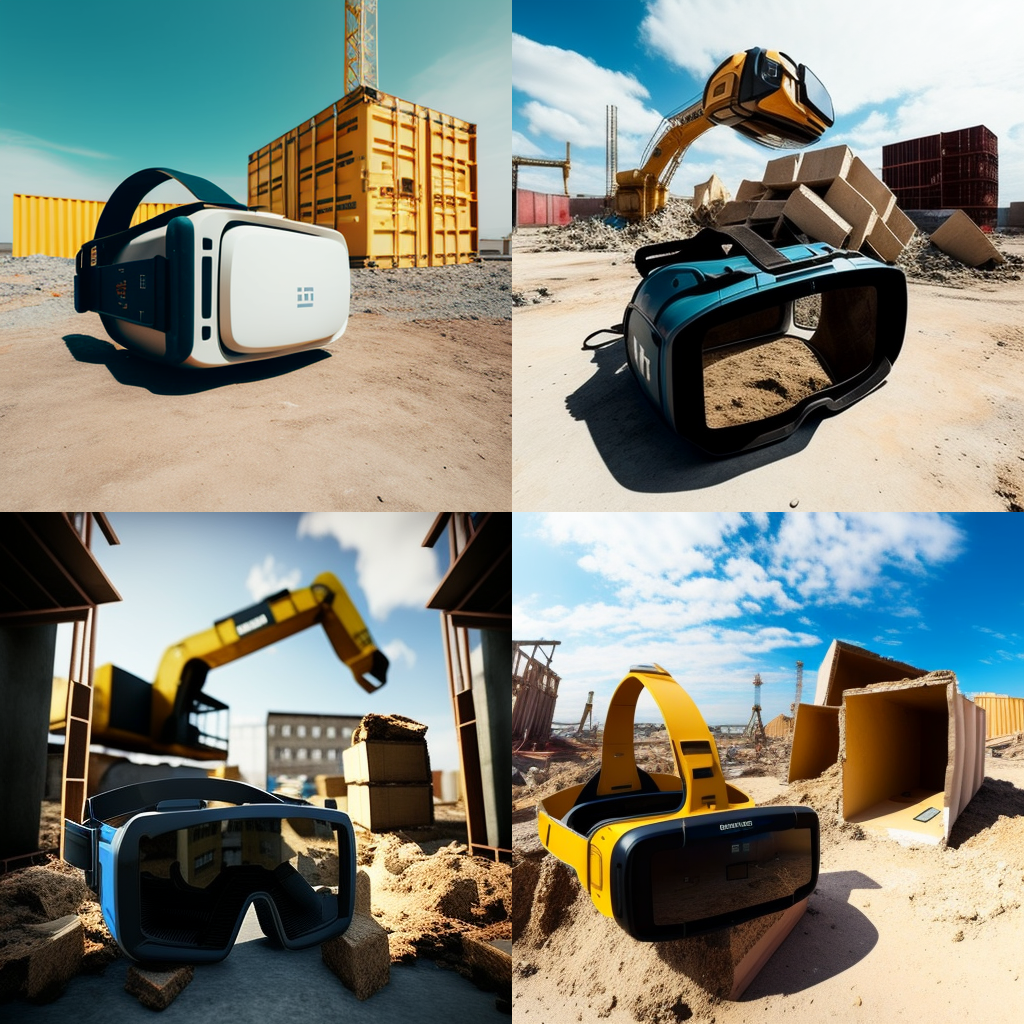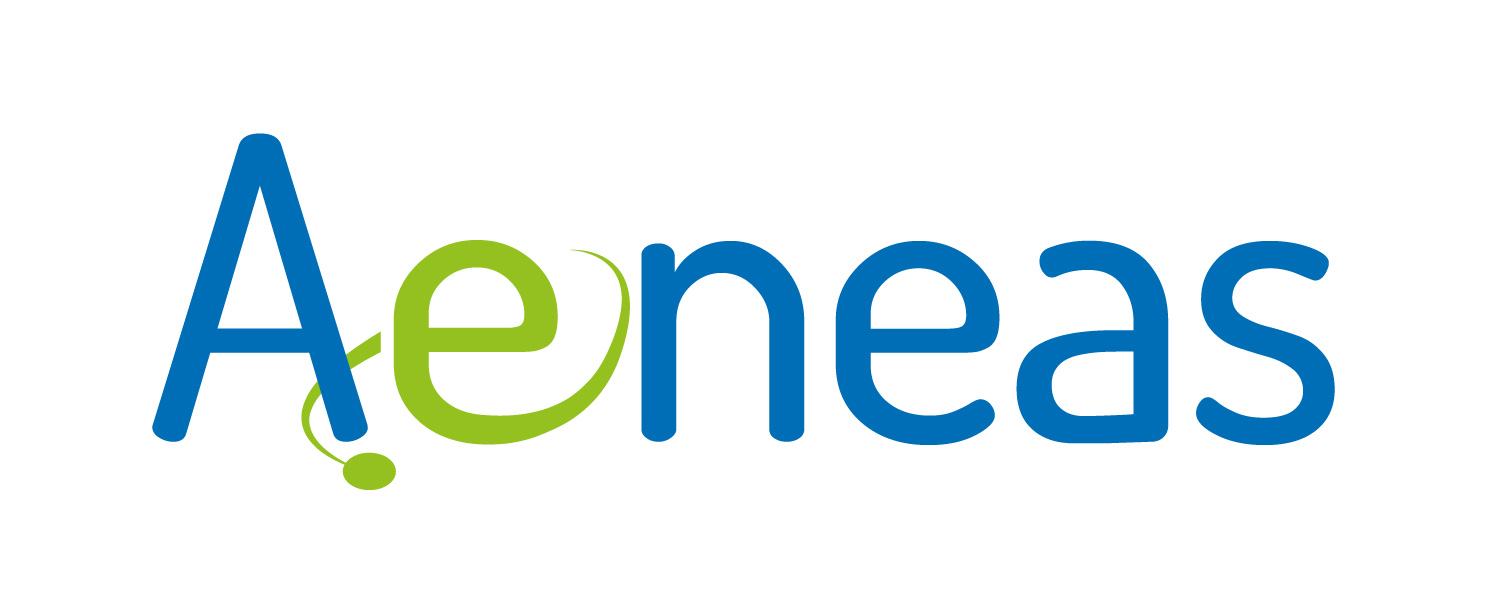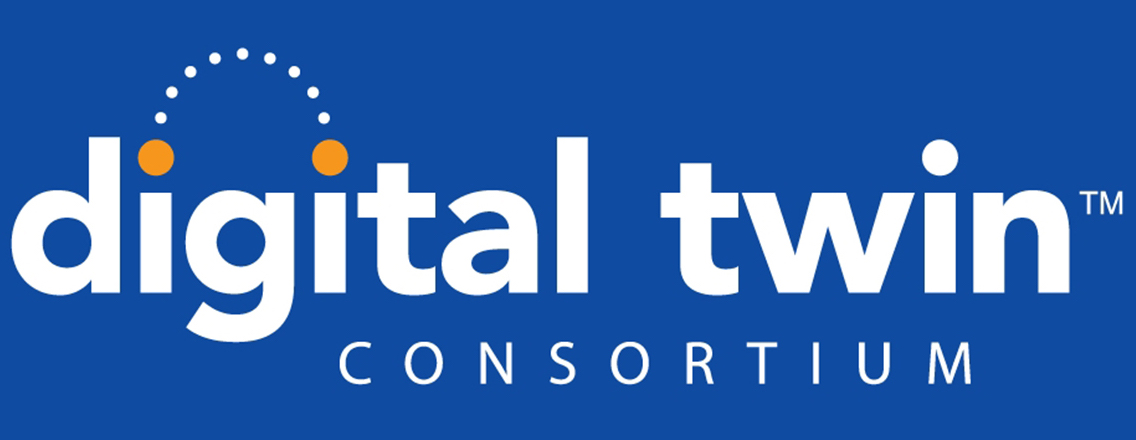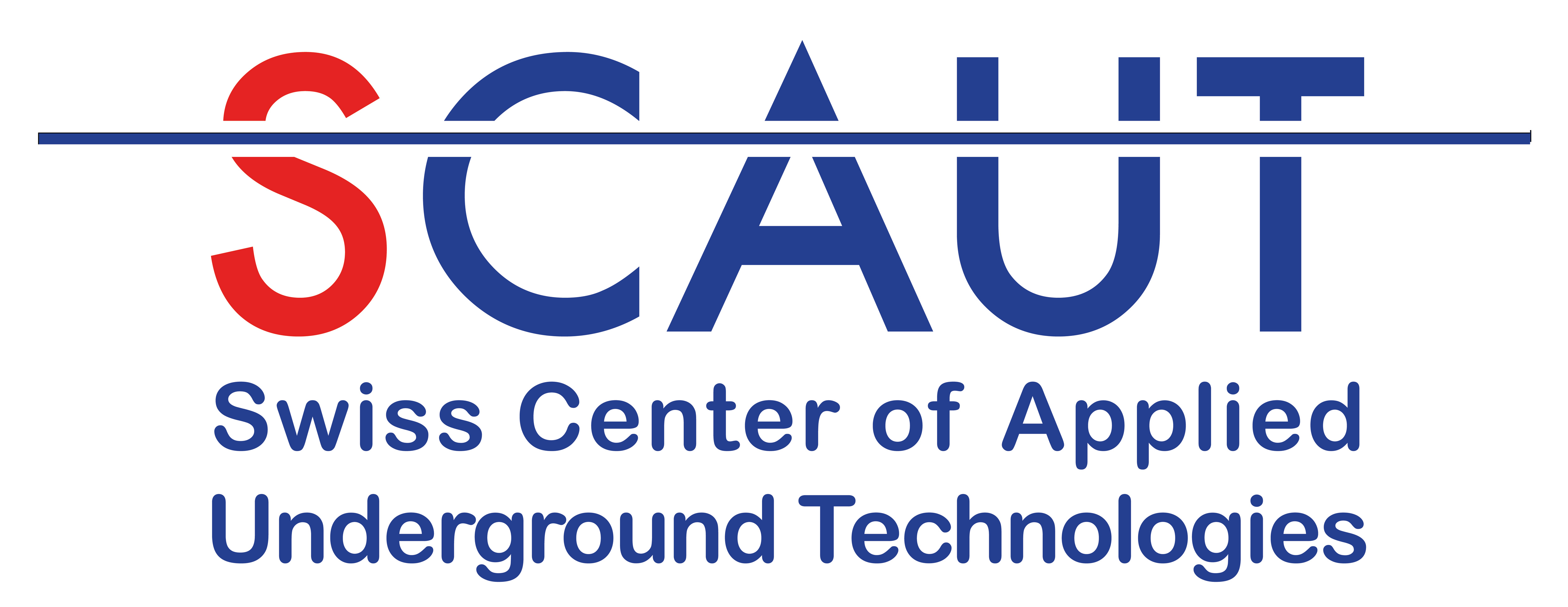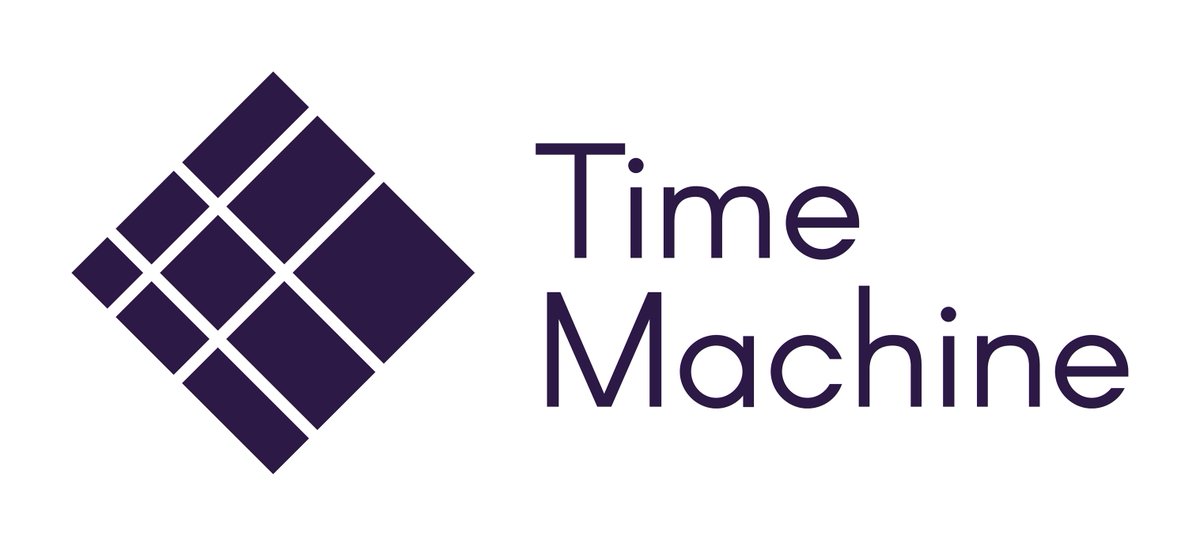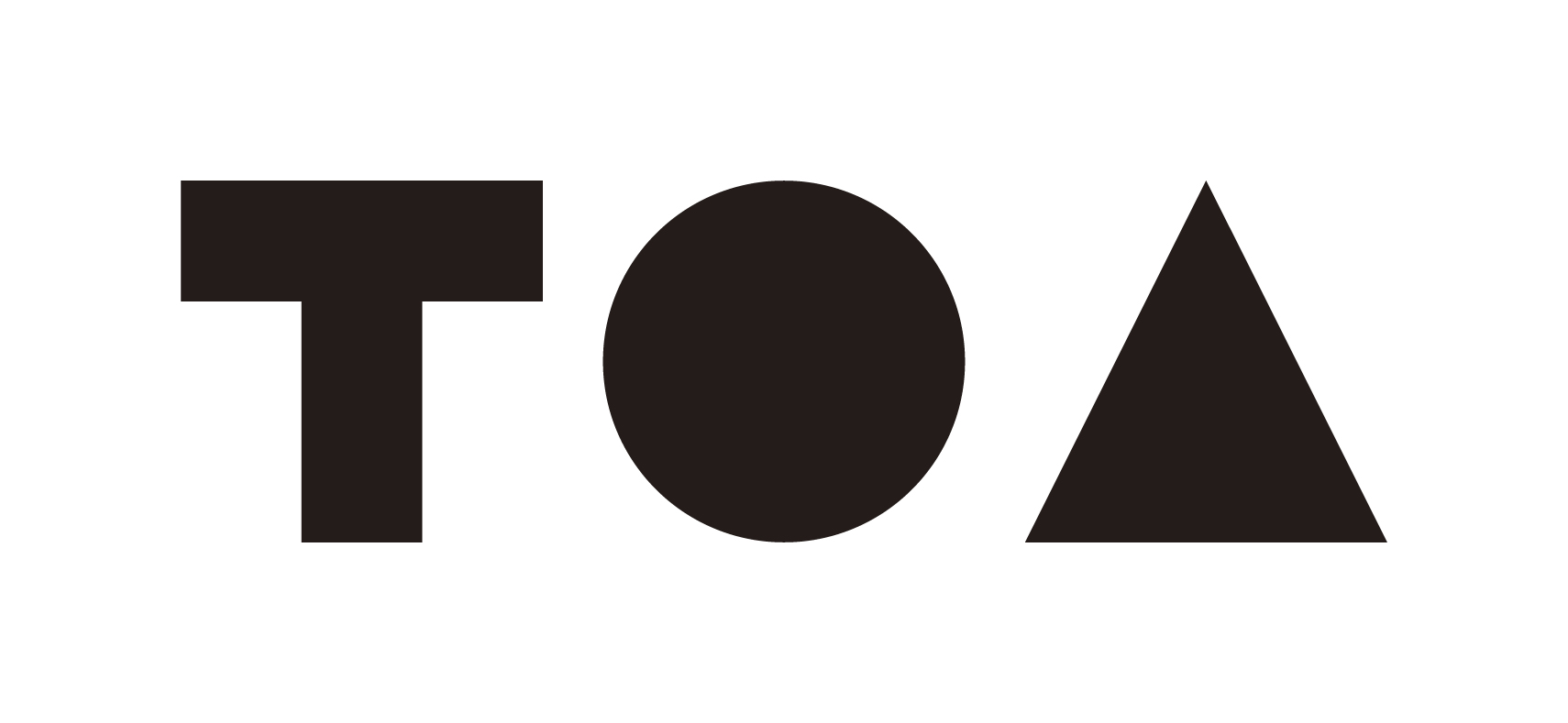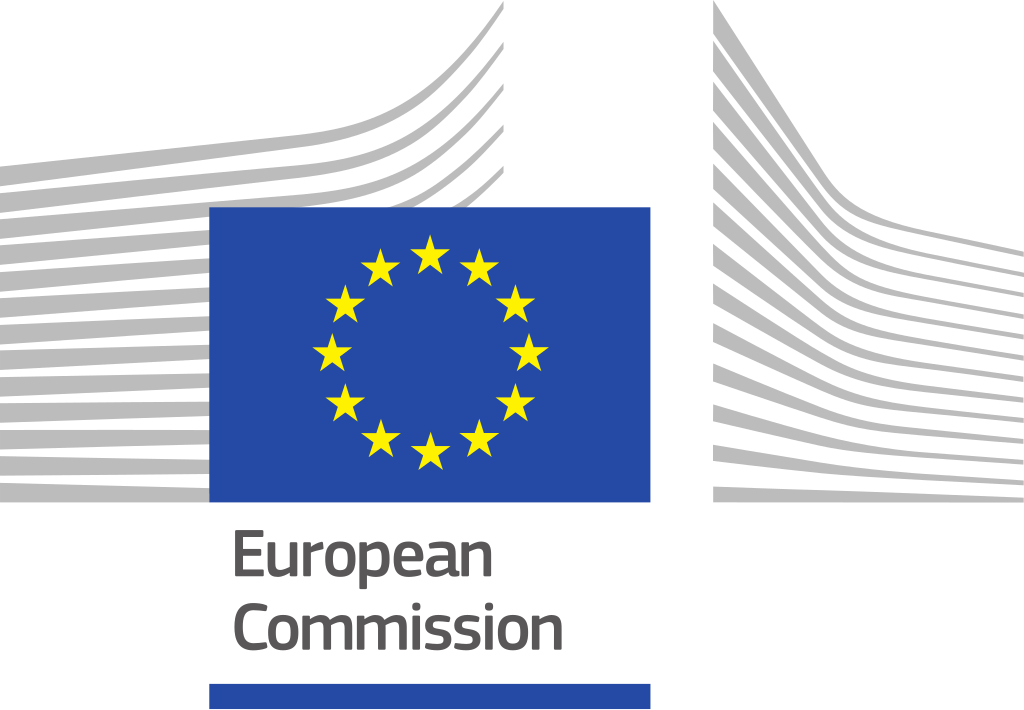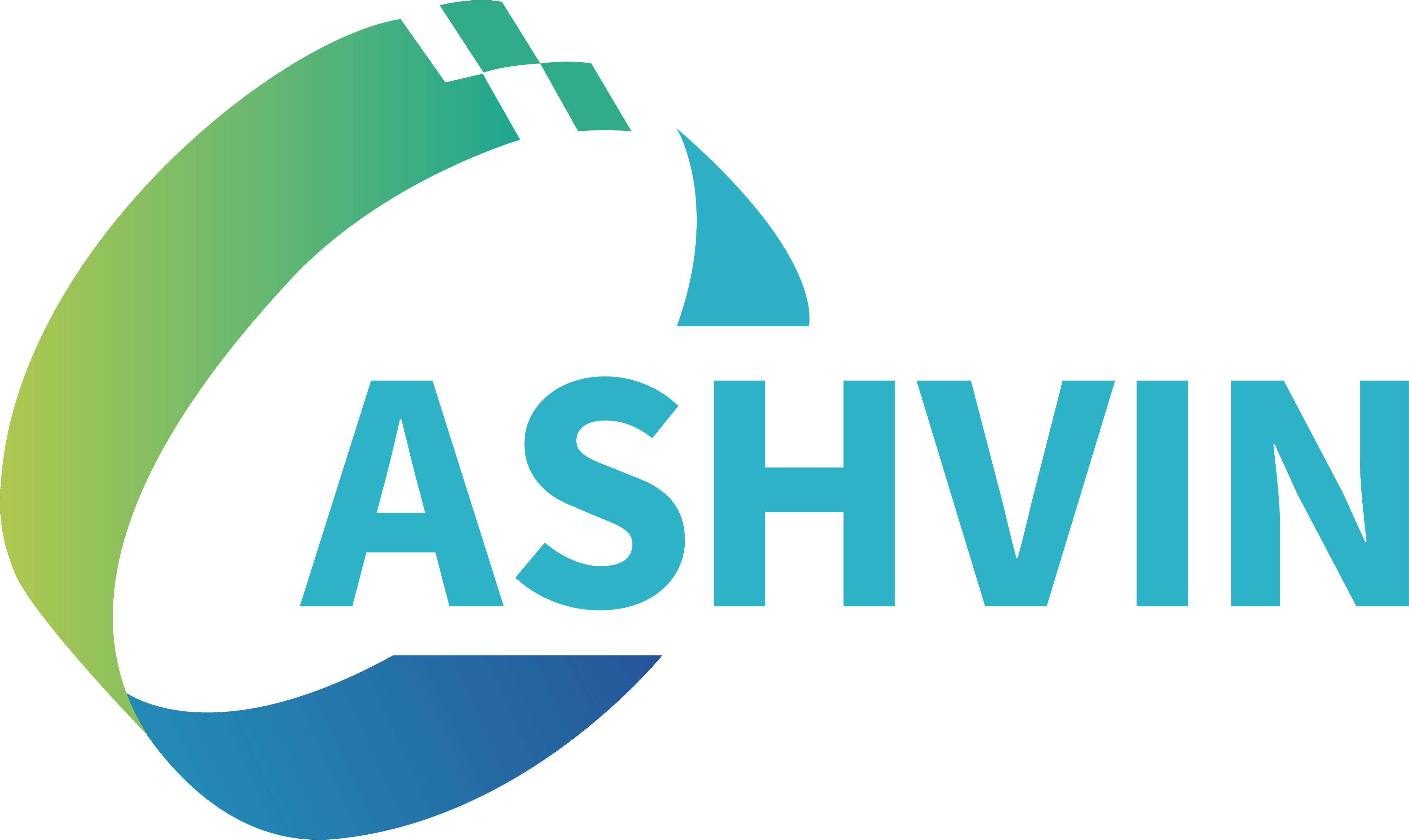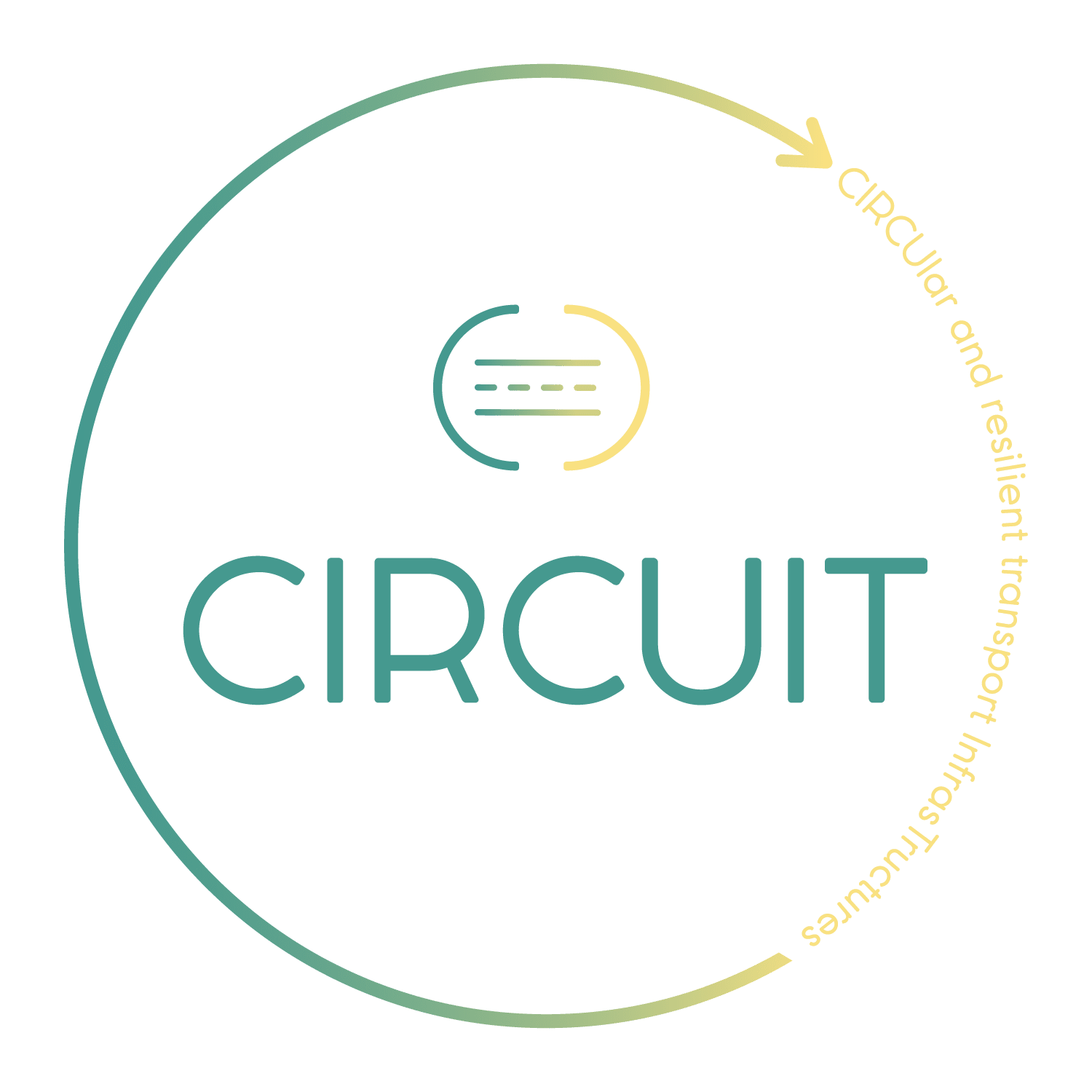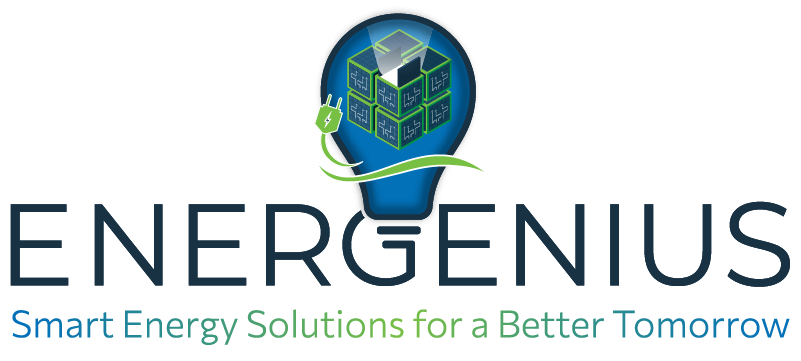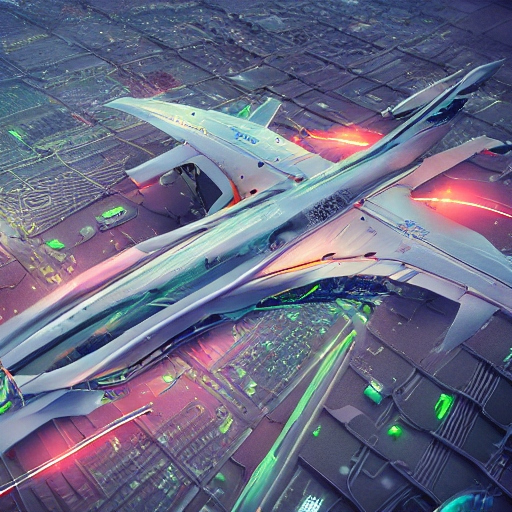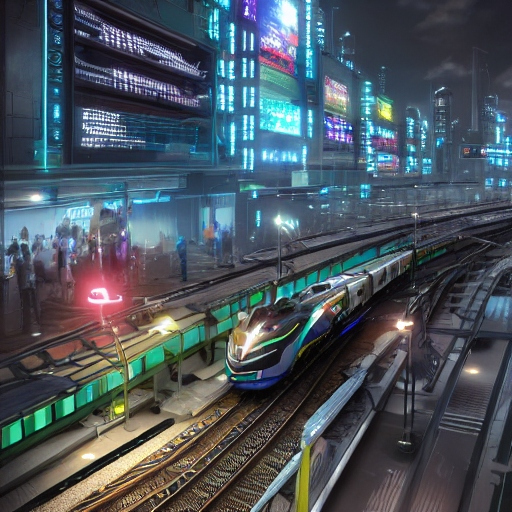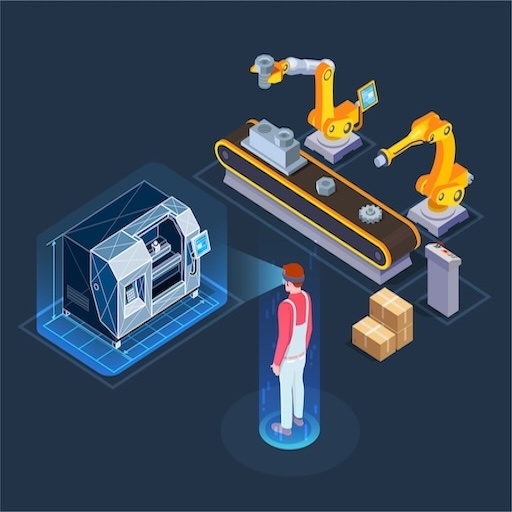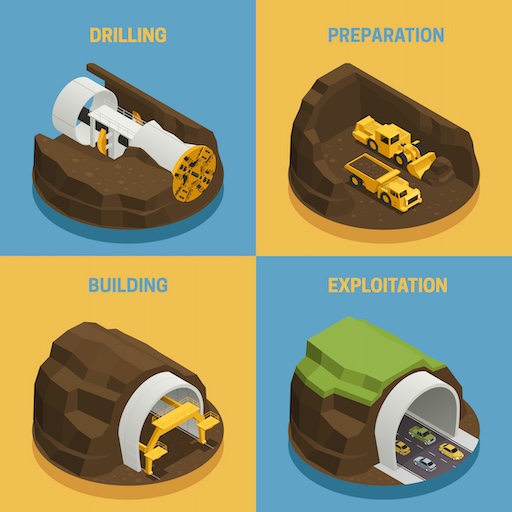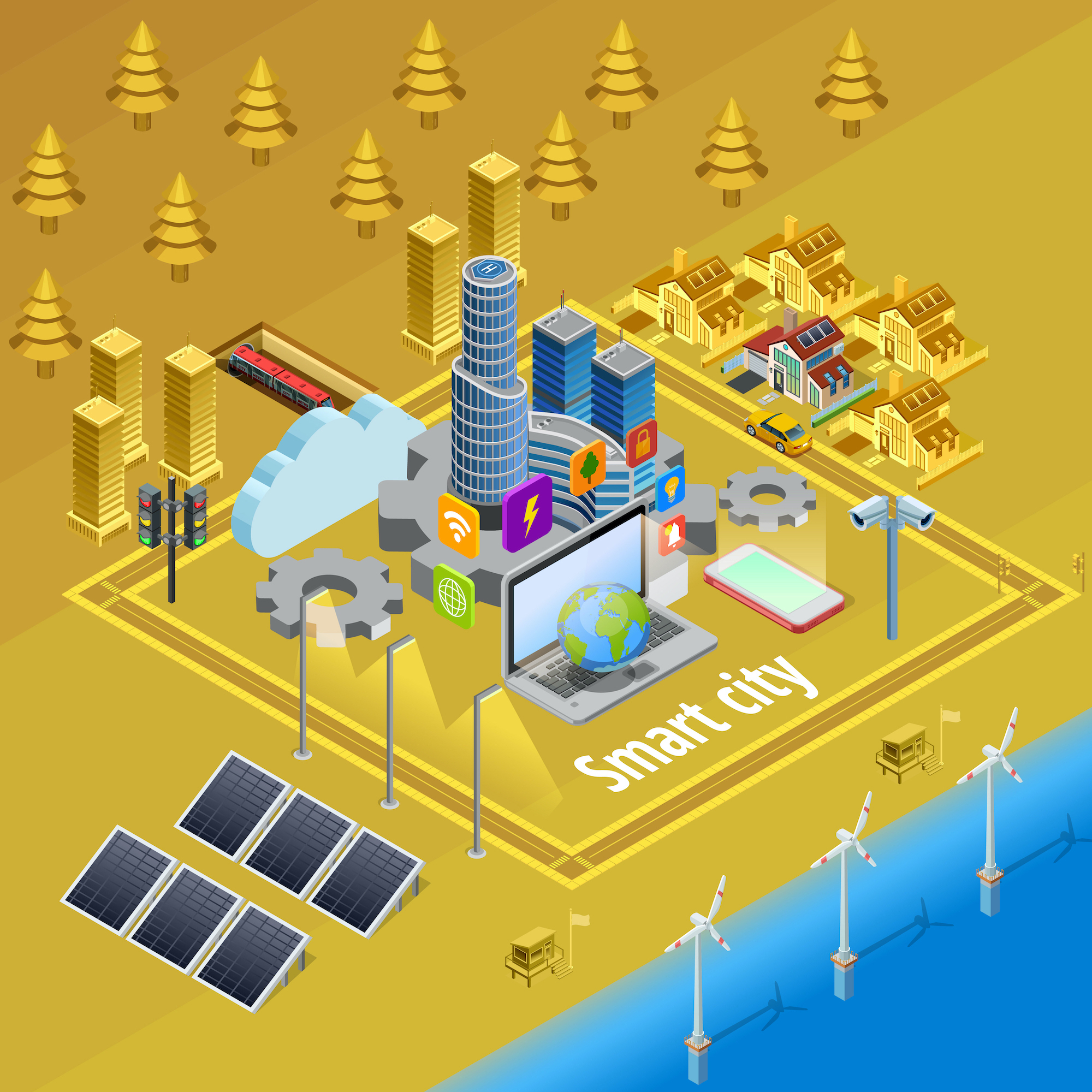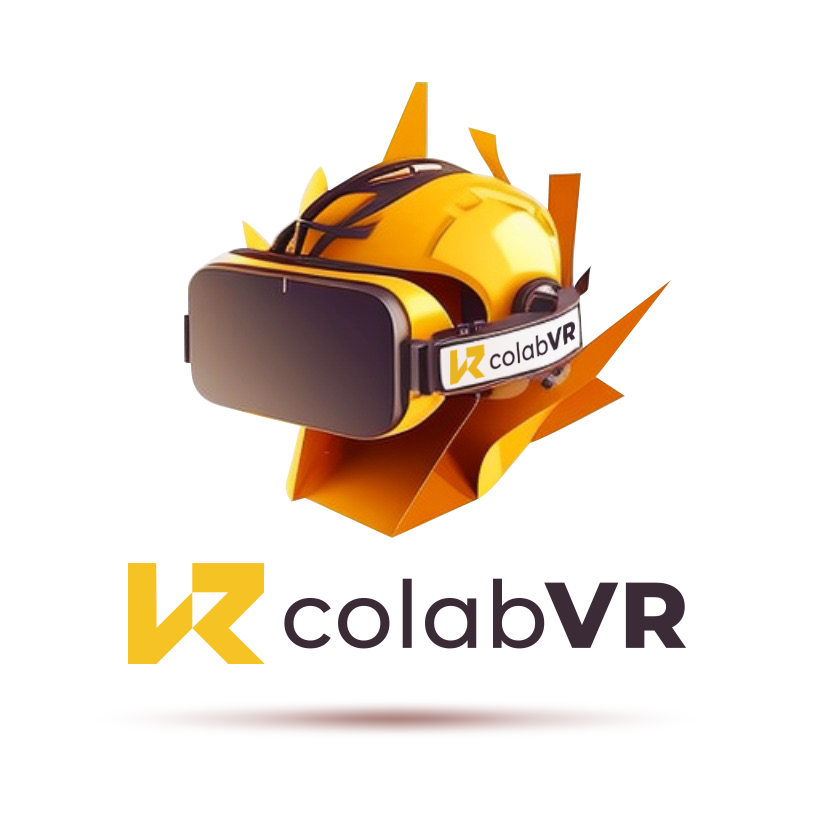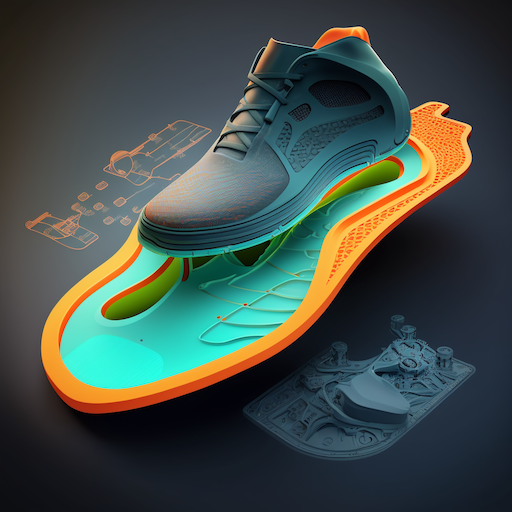About Us
Welcome to our company, where we are dedicated to providing cutting-edge solutions that bridge the gap between virtual and physical realities, all while exploring the fascinating realm of metaphysics.
Empowering innovation: Discover the Potential of Digital Twins.

We are at the forefront of revolutionizing industries through cutting-edge digital twin solutions. We specialize in providing advanced technologies and expertise to the manufacturing, construction, automotive, semiconductor, and ICT sectors. With a deep understanding of these industries, we empower organizations to unlock their true potential and embrace the future of digitalization.
Our mission is to enable our clients to bridge the gap between the physical and digital worlds, transforming their operations and decision-making processes. We strive to deliver comprehensive digital twin solutions that drive efficiency, productivity, and innovation across diverse industries.
- Expertise and Innovation.
- Industry-Focused Solutions.
With a team of highly skilled engineers, data scientists, and domain experts, we bring together a wealth of knowledge and experience to tackle complex challenges. We combine the power of cutting-edge technologies, such as artificial intelligence, machine learning, IoT, and cloud computing, to develop bespoke digital twin solutions tailored to our clients’ unique requirements.
We understand that each industry has its own distinct needs and requirements. Therefore, we offer specialized digital twin solutions that address the specific demands of manufacturing, construction, automotive, semiconductor, and ICT companies. By leveraging our expertise and industry insights, we empower our clients to optimize their operations, enhance product development, improve quality control, and streamline processes.
Our Services
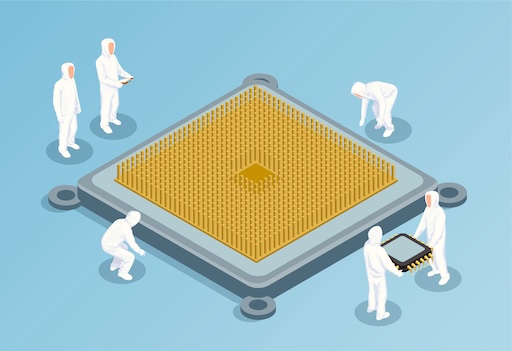
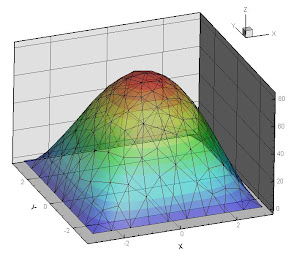

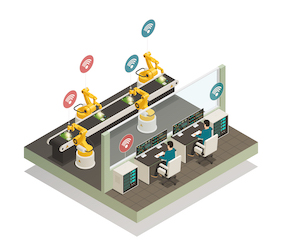
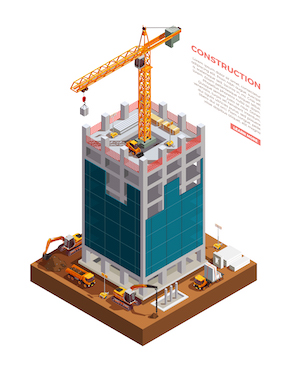
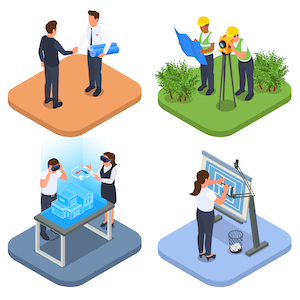
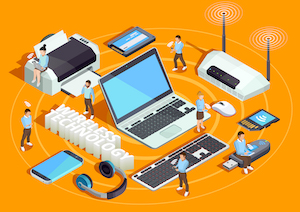
Research Projects

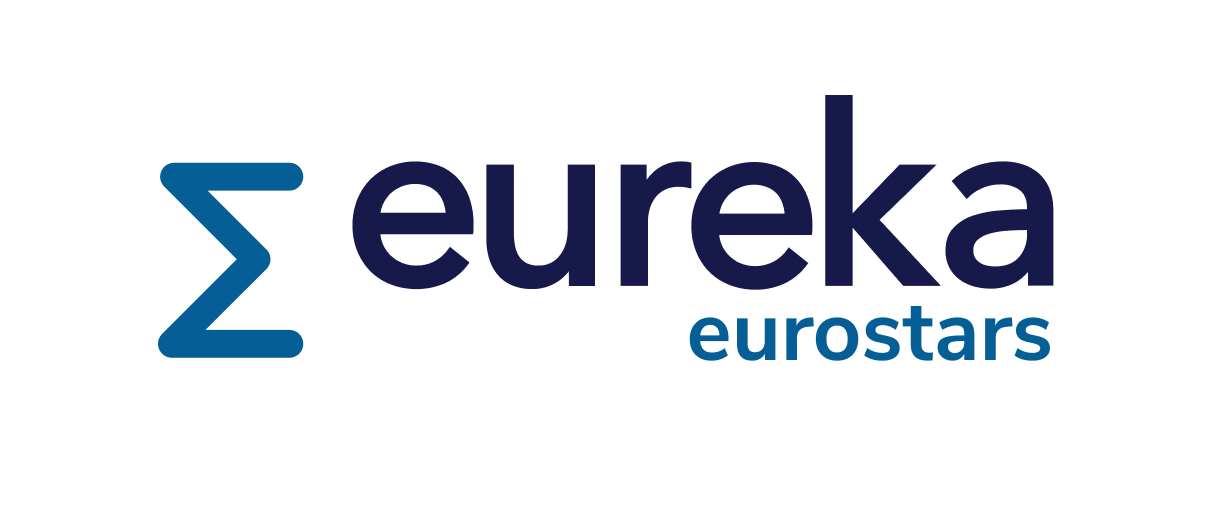


The BOOST3DMETAL project aims to boost metal AM and specifically Powder-Bed-Fusion (PBF) technology through the development and validation of:
- Design, manufacturing, and post-processing guides and assessment tools to allow producing optimised 3D geometry components made with innovative light alloys, which meet the Transport sector requirements; and
- customised surface treatments able to treat non-homogeneous and complex AM surfaces in a synchronous way.
The project and consortium cover the entire AM manufacturing process chain and the contribution of each partner is described below:
- Fraunhofer IAPT enables sustainable innovations in Additive Manufacturing. It adopts a holistic view, considering all aspects of the AM process chain from end to end. The institute will develop guidelines and a tool for the design and fabrication of AM parts, integrating post-processing considerations from the start.
- OPTIMUS 3D will contribute to the project with its capacities and knowledge in AM parts design and manufacturing. Additionally, OPTIMUS3D will provide the perspective and the industrial focus of a company fully focused on AM parts design and manufacturing and will validate the guidelines developed by Fraunhofer IAPT.
- DigitalTwin Technology GmbH will develop an advanced image software based on finite element analysis for surface quality assessment.
- Kripton will develop special chemical products adapted for the surface treatments of AM parts.
- ELHCO is the Project Coordinator and will be in charge of validating customised surface treatments for AM-made light alloys parts.
- CIDETEC Surface Engineering will support the three Spanish partners on the development of the surface treatments and will actively participate in the surface characterization tasks throughout the project using its advanced characterization equipment.
Portfolio
Contact
We Are Here for Your Creative Industrial Solution. Take Your Chance.
Location:
Schaafenstrasse 25, 50676 - Cologne, Germany
Email:
info@digitaltwin.technology
Call:
+49 221 398808 40

